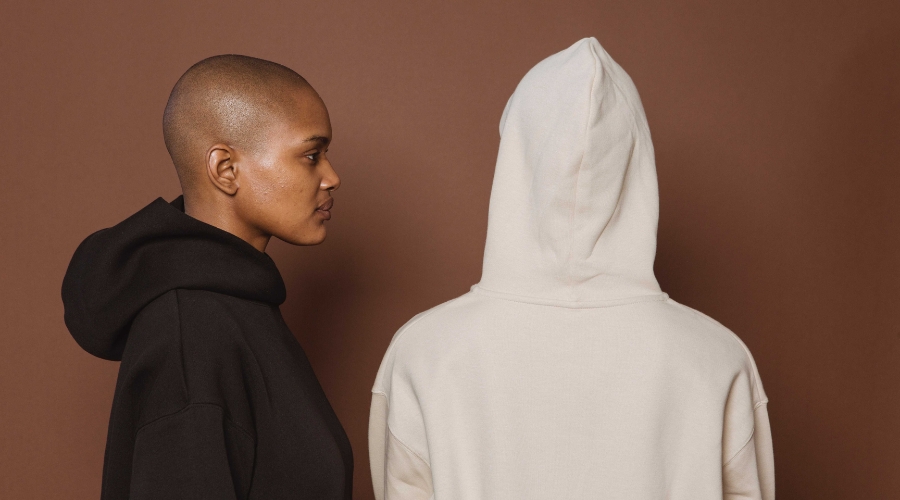Choosing the right clothing for every season can be a bit tricky, but it is crucial for comfort and style. By understanding the needs of each season, you can easily plan your wardrobe and make sure you’re always prepared. Whether it’s the warmth of summer or the chill of winter, dressing appropriately will help you stay comfortable throughout the year. In this guide, we’ll break down the steps to choosing the right civil regime clothing for each season, ensuring you’re always ready for whatever the weather brings.
Consider the Temperature Range
The first thing to think about when choosing clothing for any season is the temperature range. Each season brings its unique weather patterns. In summer, you’ll need lightweight, breathable fabrics like cotton and linen to stay cool. In contrast, winter calls for thicker, warmer materials like wool or fleece. During the spring and fall, temperatures can fluctuate, so layering is important. A good rule of thumb is to dress in layers during transitional seasons and keep an eye on the forecast to adjust your choices accordingly.
Look at Fabric Breathability and Weight
Fabric choice is essential when selecting seasonal clothing. Lighter fabrics like cotton, linen, and chambray are great for hot summer days as they allow your skin to breathe. On the other hand, heavier fabrics like wool, fleece, and down are perfect for colder months. When picking fabrics for spring or fall, go for medium-weight materials like knitwear or denim. The badfriend is durable and provides comfort for the changing temperatures. Always check fabric labels for moisture-wicking or insulating features, especially for outdoor activities.
Layering for Transitional Seasons
Layering is your best friend in transitional seasons like spring and fall. During these seasons, temperatures can vary greatly throughout the day, so having layers is key to adjusting your outfit as needed. Start with a lightweight base, like a long-sleeve shirt or blouse, and add a sweater, jacket, or cardigan on top. You can also include scarves, hats, or light outerwear to ensure you’re comfortable regardless of whether it’s chilly in the morning or warm by afternoon. Layering helps you stay flexible and ready for any weather changes.
Choosing Outerwear for Protection
Outerwear is one of the most important pieces of clothing when it comes to choosing for different seasons. In winter, a good coat or jacket that provides warmth and protection from the elements is essential. Look for insulated options or coats with windproof and waterproof materials. In the spring and fall, a lighter jacket or vertebrae clothing can provide just the right level of warmth without being too heavy. For summer, you might opt for a stylish lightweight blazer or a denim jacket to add an extra layer during cooler evenings.
Consider Sun Protection in Summer
Summer clothing isn’t just about staying cool; it’s also about protecting your skin from the sun. Opt for clothing that provides adequate sun protection, such as hats, sunglasses, and clothes with UPF (Ultraviolet Protection Factor) ratings. Lighter-colored clothing can also help reflect the sun’s rays, keeping you cooler. Long-sleeve shirts or light jackets made from breathable, moisture-wicking fabrics can protect your skin without causing you to overheat. Don’t forget to apply sunscreen and stay hydrated, especially during hot weather.
Footwear for Each Season
Footwear plays a vital role in seasonal clothing choices. In summer, sandals, flip-flops, or breathable sneakers are ideal for comfort and breathability. During the colder months, insulated boots and waterproof shoes will keep your feet warm and dry. For the transitional seasons, consider shoes like ankle boots, loafers, or comfortable sneakers that can handle light rain or chilly weather. It’s also important to think about the terrain you’ll be walking on—rainy weather calls for slip-resistant shoes, while summer outings may require more breathable and open shoes.
Embrace Seasonal Colors and Trends
Color can influence how we feel in different seasons. For instance, lighter pastel colors work well for spring and summer, creating a fresh and bright look. Autumn calls for deeper tones like burgundy, mustard, and burnt orange, which mirror the changing leaves. In winter, darker shades such as navy, black, and gray are more common, but you can add pops of color through accessories like scarves or hats. Seasonal colors not only reflect the mood of the time but can also enhance your overall look and style, helping you feel more connected to the environment around you.
Accessories to Enhance Your Outfit
Accessories are the finishing touch that can make your seasonal clothing stand out. In winter, scarves, gloves, and hats are necessary for warmth, but they can also add style to your outfit. Sunglasses, wide-brimmed hats, and lightweight scarves are great for summer, protecting you from the sun while adding flair. For fall and spring, try layering a stylish jacket with scarves or belts to give your outfit a sophisticated look. No matter the season, the right accessories can elevate your clothing and make your outfit more versatile.
Keep Comfort and Practicality in Mind
Above all, comfort and practicality should guide your clothing choices throughout the year. Each season comes with its own set of challenges, so it’s important to pick clothes that not only look good but also fit well and serve a purpose. Choose fabrics and styles that allow freedom of movement and feel comfortable on your skin. Additionally, make sure that your wardrobe is functional—consider whether the outfit works for different activities you have planned, from outdoor adventures to indoor relaxation. Being practical with your clothing choices ensures you’ll enjoy each season to the fullest.
